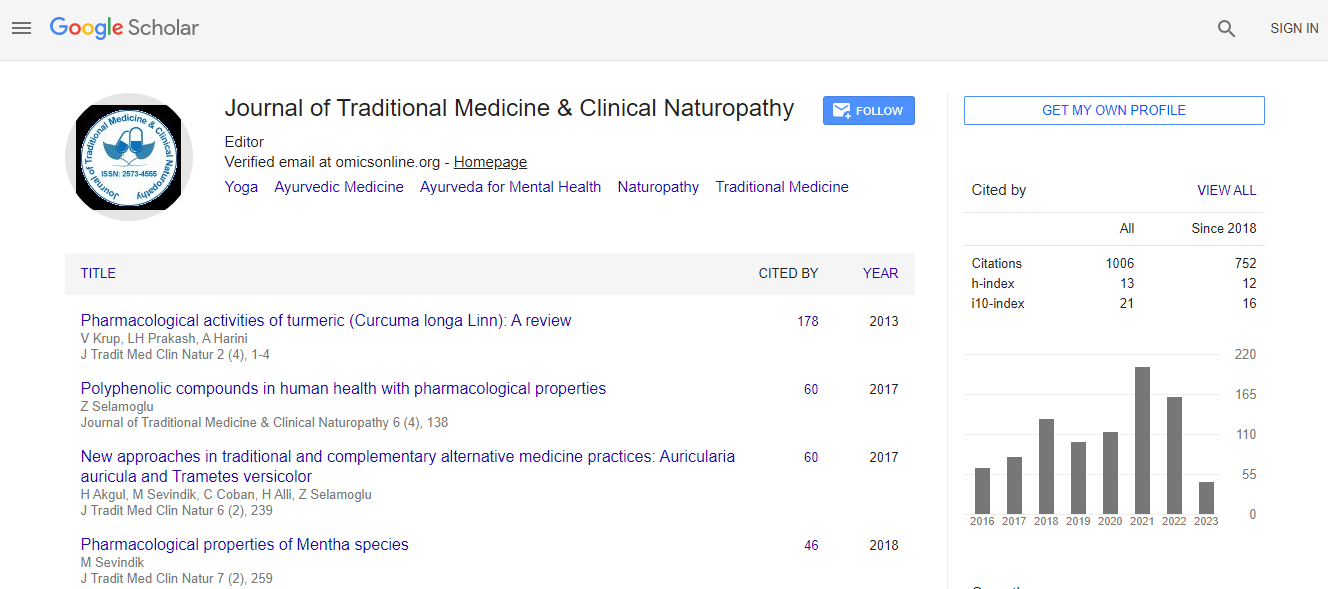Our Group organises 3000+ Global Conferenceseries Events every year across USA, Europe & Asia with support from 1000 more scientific Societies and Publishes 700+ Open Access Journals which contains over 50000 eminent personalities, reputed scientists as editorial board members.
Open Access Journals gaining more Readers and Citations
700 Journals and 15,000,000 Readers Each Journal is getting 25,000+ Readers
Google Scholar citation report
Citations : 1504
Journal of Traditional Medicine & Clinical Naturopathy peer review process verified at publons
Indexed In
- CAS Source Index (CASSI)
- Google Scholar
- Sherpa Romeo
- Open J Gate
- Genamics JournalSeek
- RefSeek
- Directory of Research Journal Indexing (DRJI)
- Hamdard University
- EBSCO A-Z
- Publons
- Geneva Foundation for Medical Education and Research
- Euro Pub
- ICMJE
Useful Links
Recommended Journals
Related Subjects
Share This Page
The relative balance between acetylcholine and dopamine systems in the nucleus accumbens shell mediates morphine-induced behavioral sensitization in rat
Joint Event on Global Summit on Traditional & Restorative Medicine & 10th World Congress on Neuropharmacology
Xinwang Li and Heng Ruan
Capital Normal University, China
Posters & Accepted Abstracts: J Tradit Med Clin Natur
Abstract
Behavioral sensitization reflects long-term adaptive changes in the central nervous system induced by repeated exposure to drugs of abuse and the process of pathological motivation for drugs or drug-wanting. Previous studies have demonstrated that repeated administration of morphine increased dopamine but decreased acetylcholine in the nucleus accumbens, which included the shell of the nucleus accumbens (NAcS). The present study investigated the effect of balance between the cholinergic and dopaminergic systems in the NAcS on morphine-induced behavioral sensitization. Behavioral sensitization was established by exposure to 5 mg/kg morphine once every three days for a total of three exposures. Expression of behavioral sensitization was challenged by 5 mg/kg morphine. The results showed that: The acetylcholinesterase inhibitor huperzine-A (0.5 μg/side) microinjected into the NAcS blocked initiation and expression of morphine-induced behavioral sensitization, which were reversed by the dopamine D1 receptor agonist SKF38393; The muscarinic receptor antagonist scopolamine (10.8 μg/side) had no effect on morphine-induced behavioral sensitization; We further investigated the role of the M4 receptor in expression of morphine-induced behavioral sensitization because the expression stage is more related to relapse. Microinjection of the M4 receptor agonist LY2033298 (0.2 μg/side), but not the antagonist tropicamide (5, 10, or 20 μM/side), into the NAcS blocked expression of behavioral sensitization; Furthermore, tropicamide (20 μM/side) reversed the inhibition effect of huperzine-A; and SKF38393 (1 μg/ side) reversed the inhibitory effect of LY2033298 on expression of morphine-induced behavioral sensitization. Our findings suggest that the balance between dopamine and acetylcholine in the NAcS modulates morphine-induced behavioral sensitization, which can be regulated by the M4 receptor.Biography
Xinwang Li has completed his PhD from Capital Normal University. He is a Professor of the Physiological Psychology in Capital Normal University, China. He has published more than 30 papers in reputed journals and Physiological Psychology (teaching material). He has been serving as the Deputy Chairman of the Chinese Committee of Physiological Psychology and an Editorial Board Member of Advances in Psychological Science.
E-mail: lixw701@sina.cn

 Spanish
Spanish  Chinese
Chinese  Russian
Russian  German
German  French
French  Japanese
Japanese  Portuguese
Portuguese  Hindi
Hindi 
